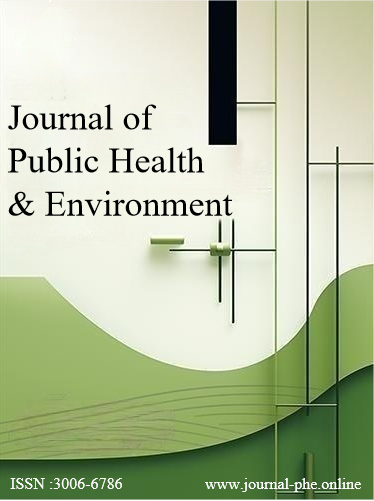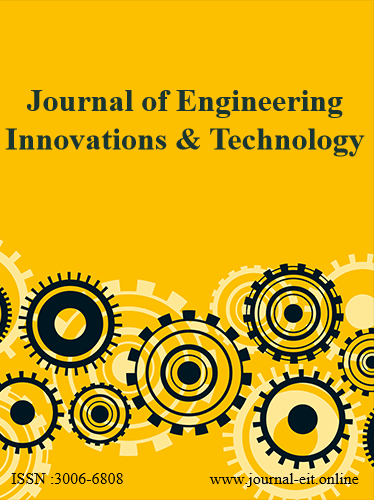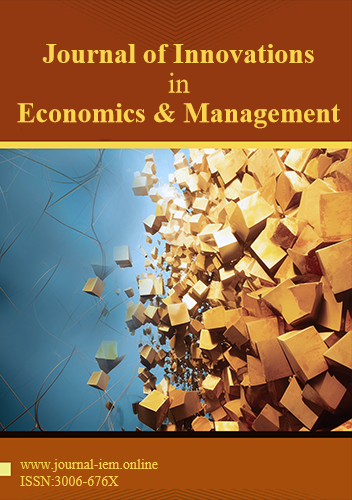 An open access journal
An open access journal
Microplastics in Agricultural and Aquatic Environments: Challenges and Solutions
Abstract
Microplastics, defined as plastic particles less than 5mm in size, have emerged as a pervasive environmental pollutant with significant implications for agricultural and aquatic ecosystems. This paper reviews the sources, distribution, and impacts of microplastics on soil, water, and biota, highlighting the challenges associated with their detection, monitoring, and remediation. It examines the pathways through which microplastics enter agricultural and aquatic environments, including runoff from urban areas, agricultural fields, and wastewater treatment plants. The paper discusses the potential risks posed by microplastics to soil health, water quality, and ecosystem function, as well as their bioaccumulation and transfer through food chains. It also explores innovative technologies and management strategies for mitigating microplastic pollution, such as biochar amendment, filtration systems, and sustainable waste management practices. By raising awareness, enhancing research efforts, and implementing effective policies, stakeholders can address the growing threat of microplastics and safeguard the integrity of agricultural and aquatic ecosystems.
Share and Cite
Article Metrics
References
- Horton, A. A., Walton, A., Spurgeon, D. J., Lahive, E., & Svendsen, C. (2017). Microplastics in freshwater and terrestrial environments: Evaluating the current understanding to identify the knowledge gaps and future research priorities. Science of The Total Environment, 586, 127-141.
- Li, J., Liu, H., Paul Chen, J., Zhang, K., & Zhang, H. (2018). Microplastics in freshwater systems: A review on occurrence, environmental effects, and methods for microplastics detection. Water Research, 137, 362-374.
- Nel, H. A., Dalu, T., Wasserman, R. J., Sinks, G. D., & Froneman, P. W. (2018). Microplastics in two South African estuaries: Occurrence, distribution, and ingestion by aquatic macroinvertebrates. Science of The Total Environment, 637-638, 366-375.
- Oßmann, B. E., Sarau, G., & Holtmannspötter, H. (2018). Transport of microplastics by two species of terrestrial isopods through the soil column. Environmental Pollution, 233, 122-128.
- Wright, S. L., Rowe, D., Thompson, R. C., & Galloway, T. S. (2013). Microplastic ingestion decreases energy reserves in marine worms. Current Biology, 23(23), R1031-R1033.





